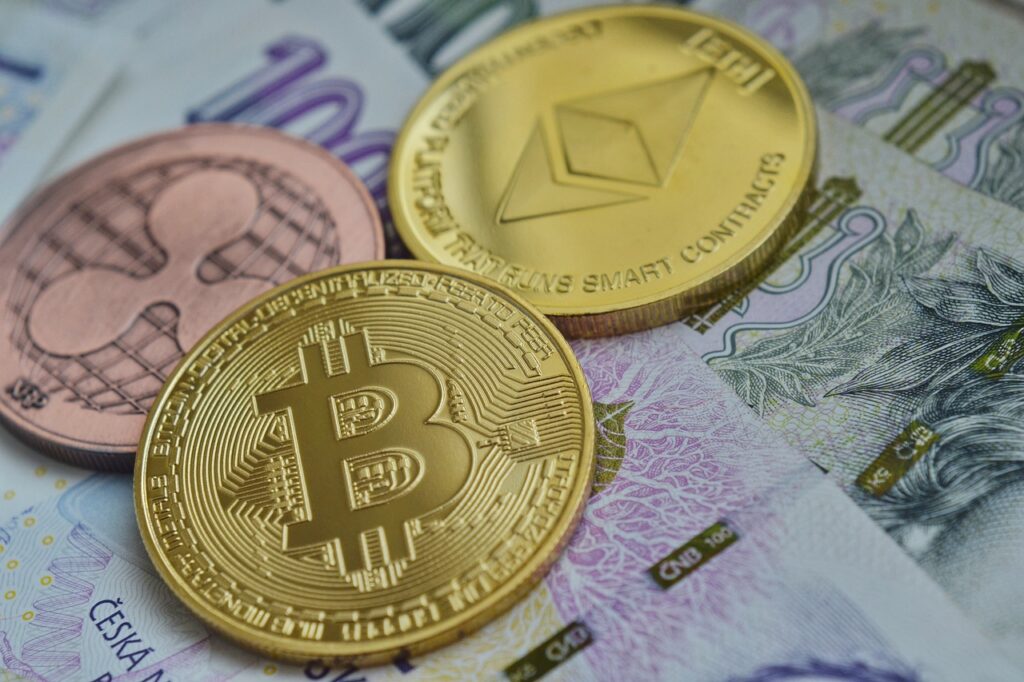What is Ethereum?

What is Ethereum?
Ethereum is a decentralized blockchain platform that is not only peer-to-peer transactions but also a platform for application development. The idea for Ethereum came from the Bitcoin white paper.
Even with Ethereum, there is no central authority that stores and processes data – the blockchain uses the collective power of thousands of computers scattered around the world.
One of the important features of Ethereum is that it allows the creation of decentralized, independent applications on its blockchain. Thus, new cryptocurrencies and companies can benefit from the power of the Ethereum network, while largely setting up their product independently.
The Ethereum network has its own cryptocurrency called Ether – also known by the abbreviation ETH. ETH can be used to complete transactions and is also one of the most traded cryptocurrencies.
Who is the creator of Ethereum?
Ethereum was conceived by a Russian-Canadian developer named Vitalik Buterin. As an author for a blog about Bitcoin, he learned a lot about the technical side of blockchain. He was already interested in Bitcoin in 2011, and saw that certain aspects in the code could be improved. For example, he felt that Bitcoin Code did not offer enough options for developing standalone apps on the network.
In 2013, Buterin, who lives in Toronto, distributed a document describing Ethereum. He forwarded the set-up to a group of people with a shared interest in Bitcoin and blockchain – in his own words, to receive feedback and to get tips about weaknesses in his set-up. However, those suggestions were not made. A number of other programmers were added to the team to further develop the concept. The group started looking for investment partners to make the project a reality.
Initially, Anthony Di Iorio was the financial support behind the project. Not much later, Buterin came into contact with banker and entrepreneur Joe Lubin, who also lived in Toronto. Lubin became the main investor, while Buterin became the main responsible for the technical development. The Russian Canadian is still closely involved in the development of the Ethereum network.
Transactions with Ethereum
De code van Ethereum maakt het mogelijk dat alle deelnemende partijen, ook wel ‘nodes’ genoemd, effectief kunnen communiceren en samenwerken. Zodoende is het niet langer nodig dat een overziende partij de controle heeft over gegevens: in plaats daarvan slaat elke computer een kopie van de meest recente informatie op. Zoals genoemd is dit basisconcept (blockchain-technologie), geleend van Bitcoin. Transacties kunnen alleen doorgang vinden als iedere node dezelfde informatie heeft. Met andere woorden, de nodes moeten in overeenstemming zijn. Om dat te bereiken gebruikt het Ethereum-netwerk een proces genaamd mining, dat eveneens is geïnspireerd op het Bitcoin-netwerk.
In dit proces zetten de nodes hun computerkracht in om een computer-vergelijking op te lossen. De node die de oplossing als eerste vindt creëert dan een nieuw blok, en voegt die toe aan de ketting van blokken – de blockchain. Een blok is een verzameling transacties en mutaties die hebben plaatsgevonden op de blockchain.
Als een miner de vergelijking heeft opgelost worden de transacties binnen het blok goedgekeurd en krijgen de nodes een geüpdate versie van de informatie. Als beloning voor dat werk ontvangt de miner voor ieder blok een aantal Ether (ETH)-tokens. Dat principe is vrijwel hetzelfde als bij Bitcoin (BTC). In de nabije toekomst willen de ontwikkelaars dit mining-proces binnen het Ethereum-netwerk echter aanpassen naar een zogenaamd Proof-of-Stake (PoS)-mechanisme.
From PoW to PoS
With Proof-of-Stake, there is no longer a race between computers to be the first to solve an equation. Instead, the size of a person’s ‘deposit’ determines how much influence that node gets within the network.
In simpler terms, the larger a person’s share (the more ETH it holds), the more control the node in question gets in the validation of transactions. The idea behind this is that those with the largest share in the network also have the most interest in a fair and effective system. They will therefore have reason to complete transactions as quickly and effectively as possible. Malicious users such as hackers will not be able to get enough share in the network to allow bad transactions to continue. As a result, such nodes are faced with a dilemma: either they have to invest more in the network to get more say, or their fraudulent transactions are repeatedly rejected by those with the highest stakes.

Comments are closed, but trackbacks and pingbacks are open.